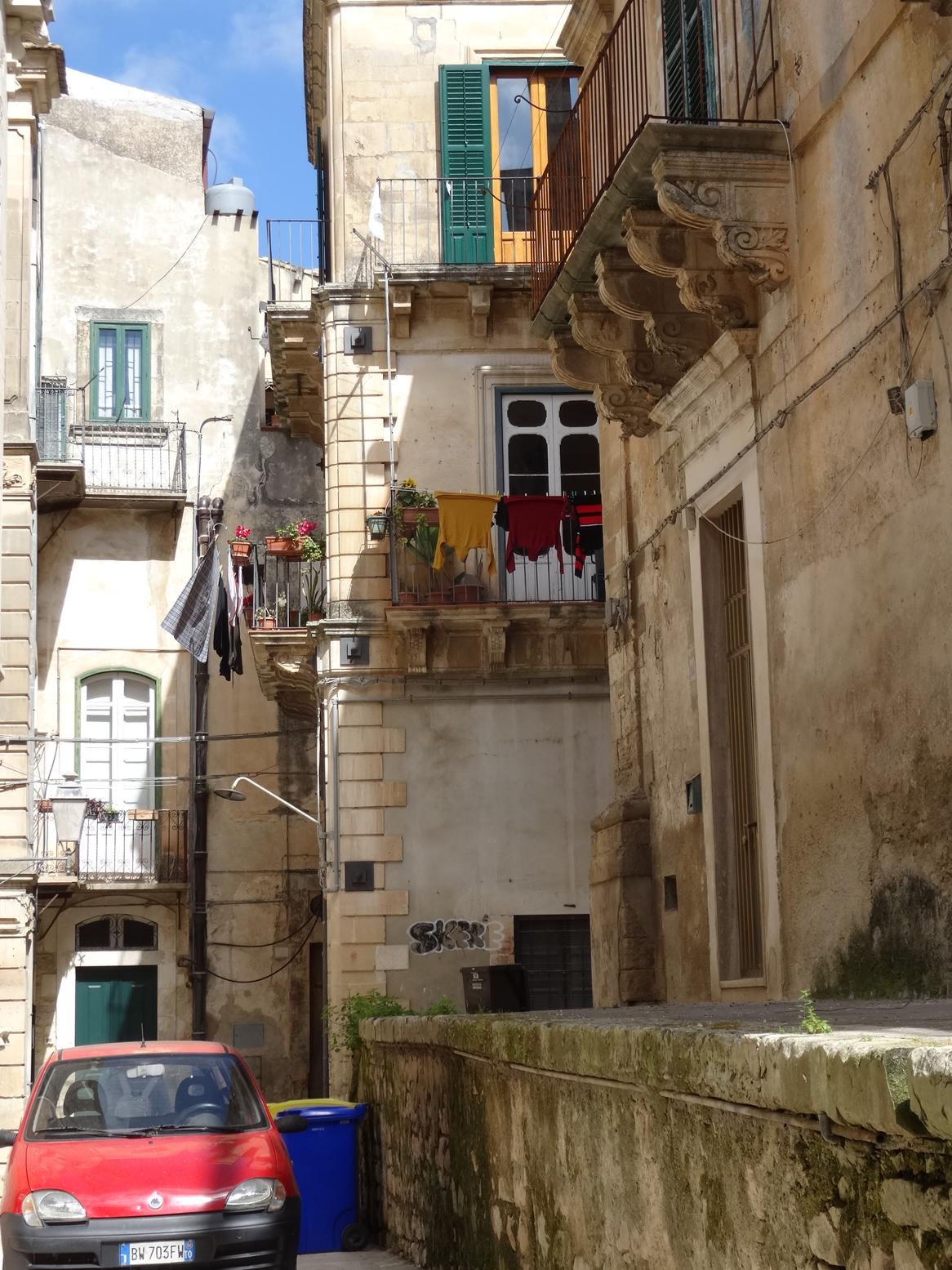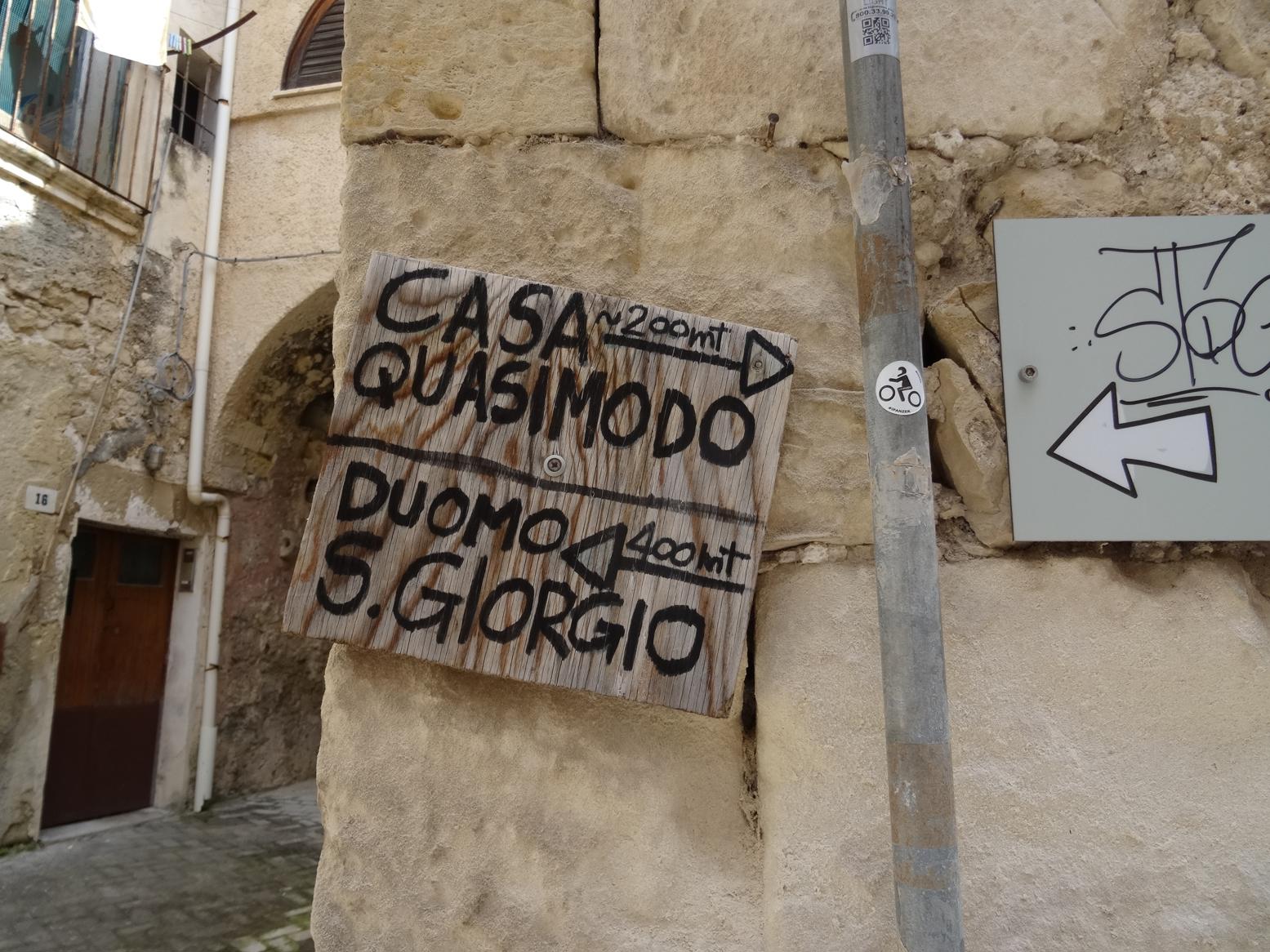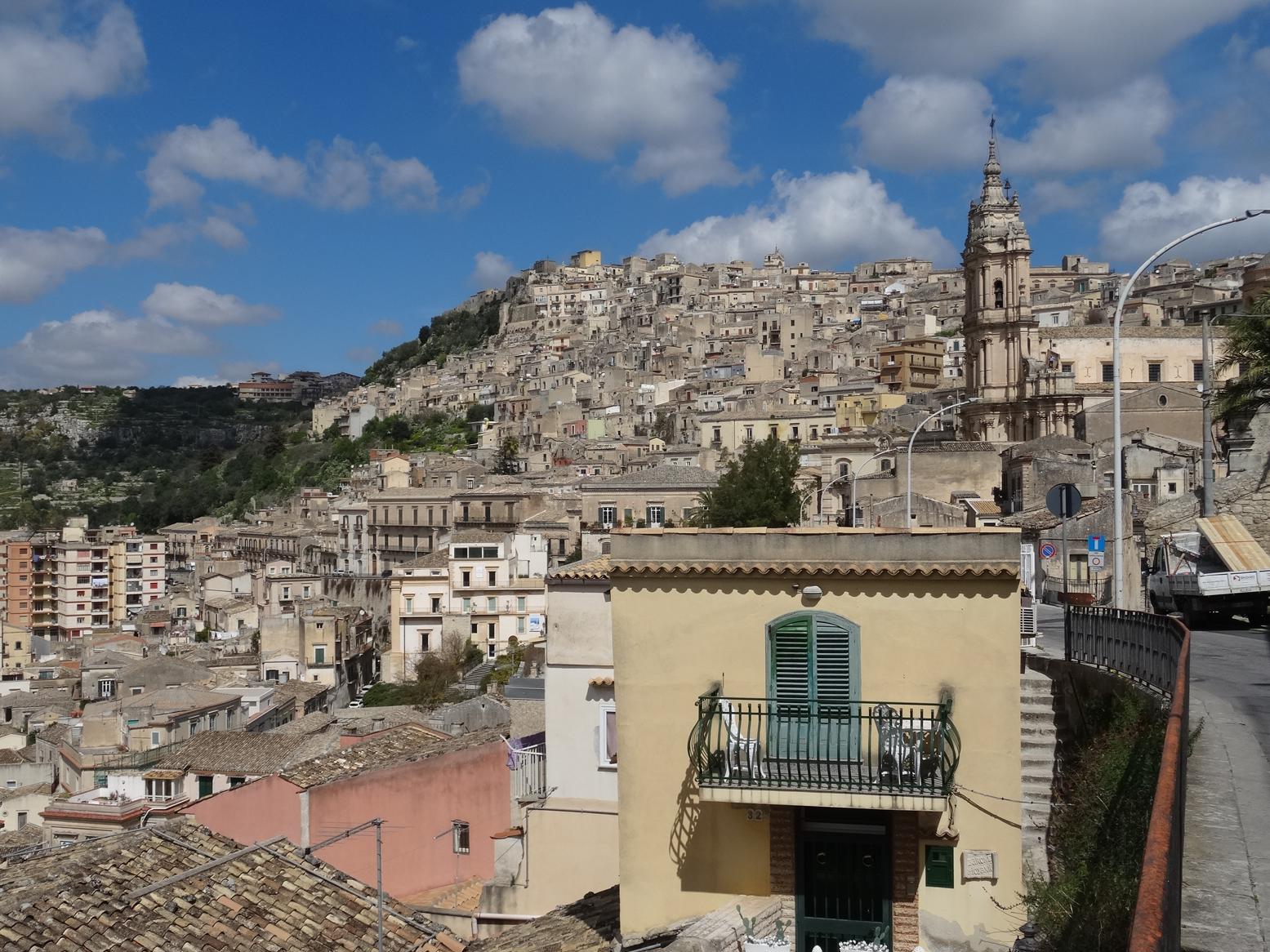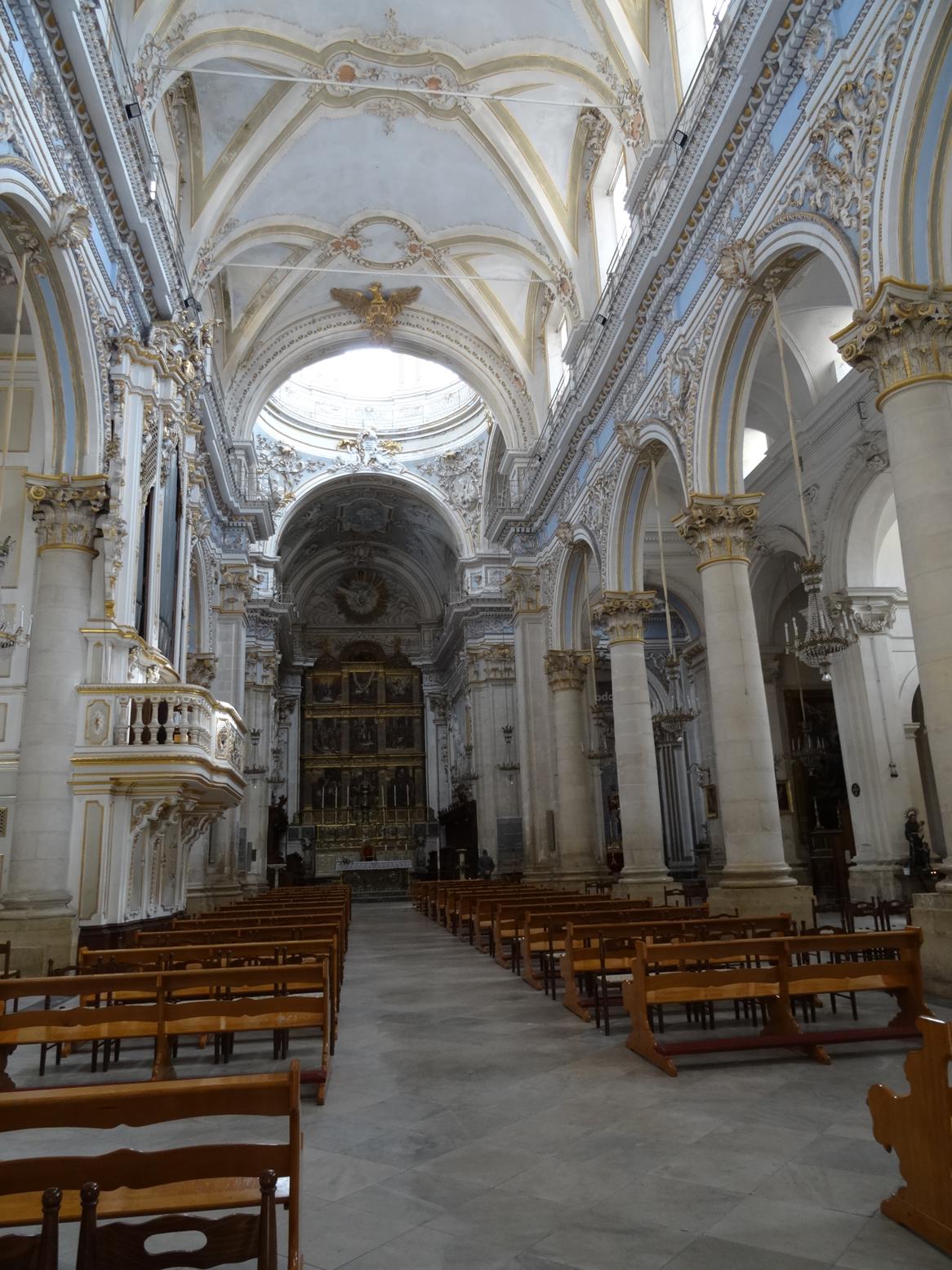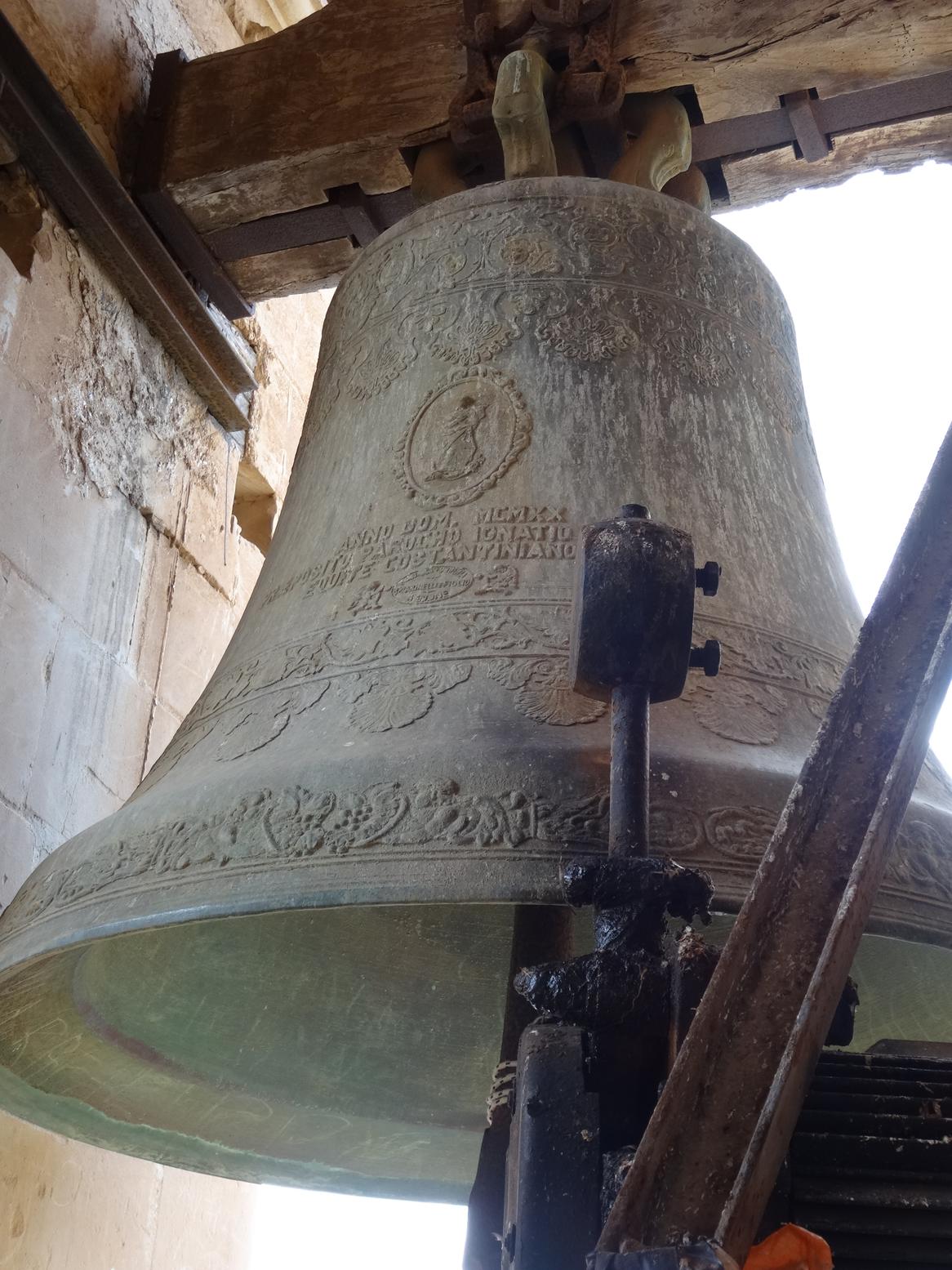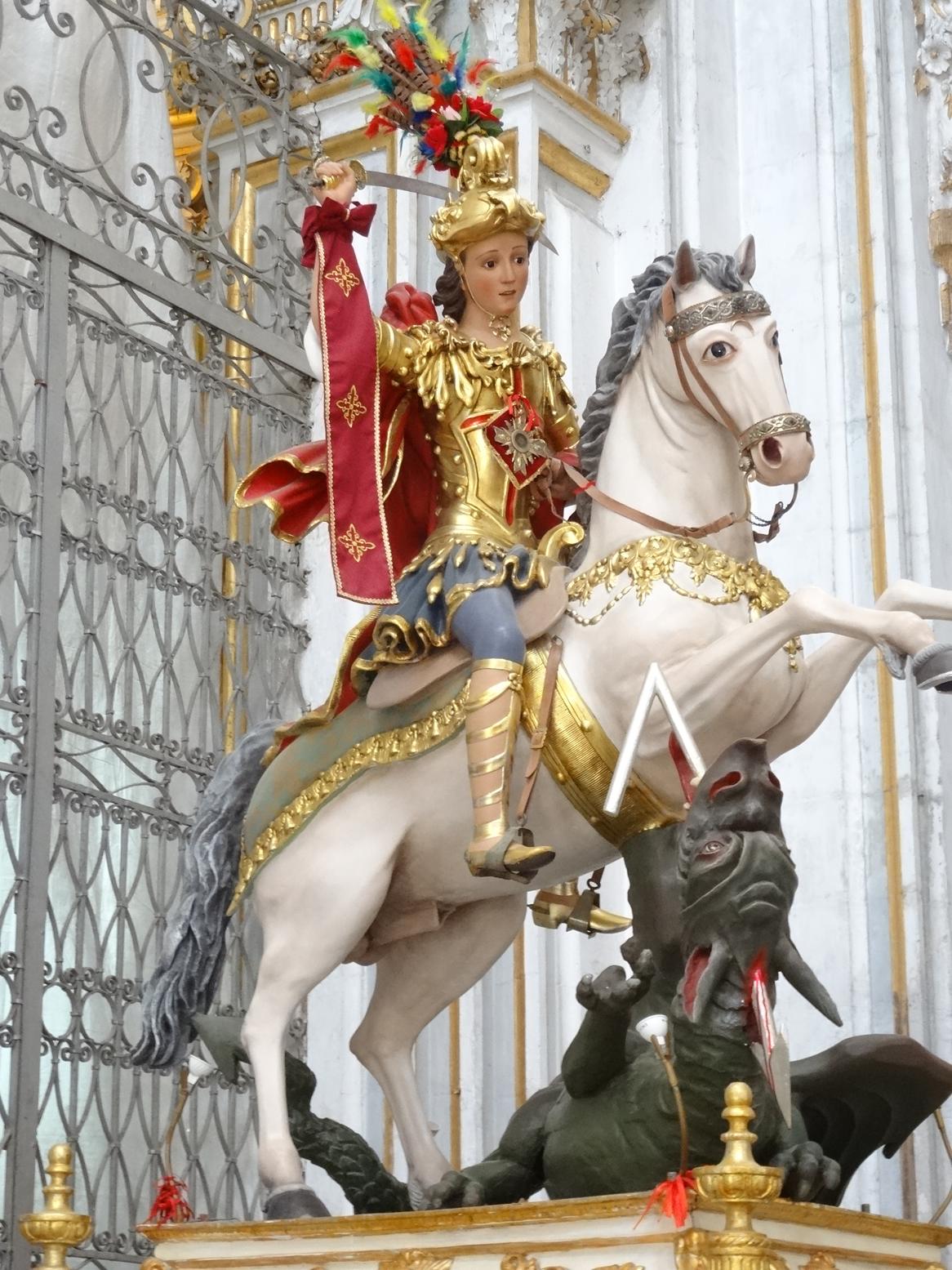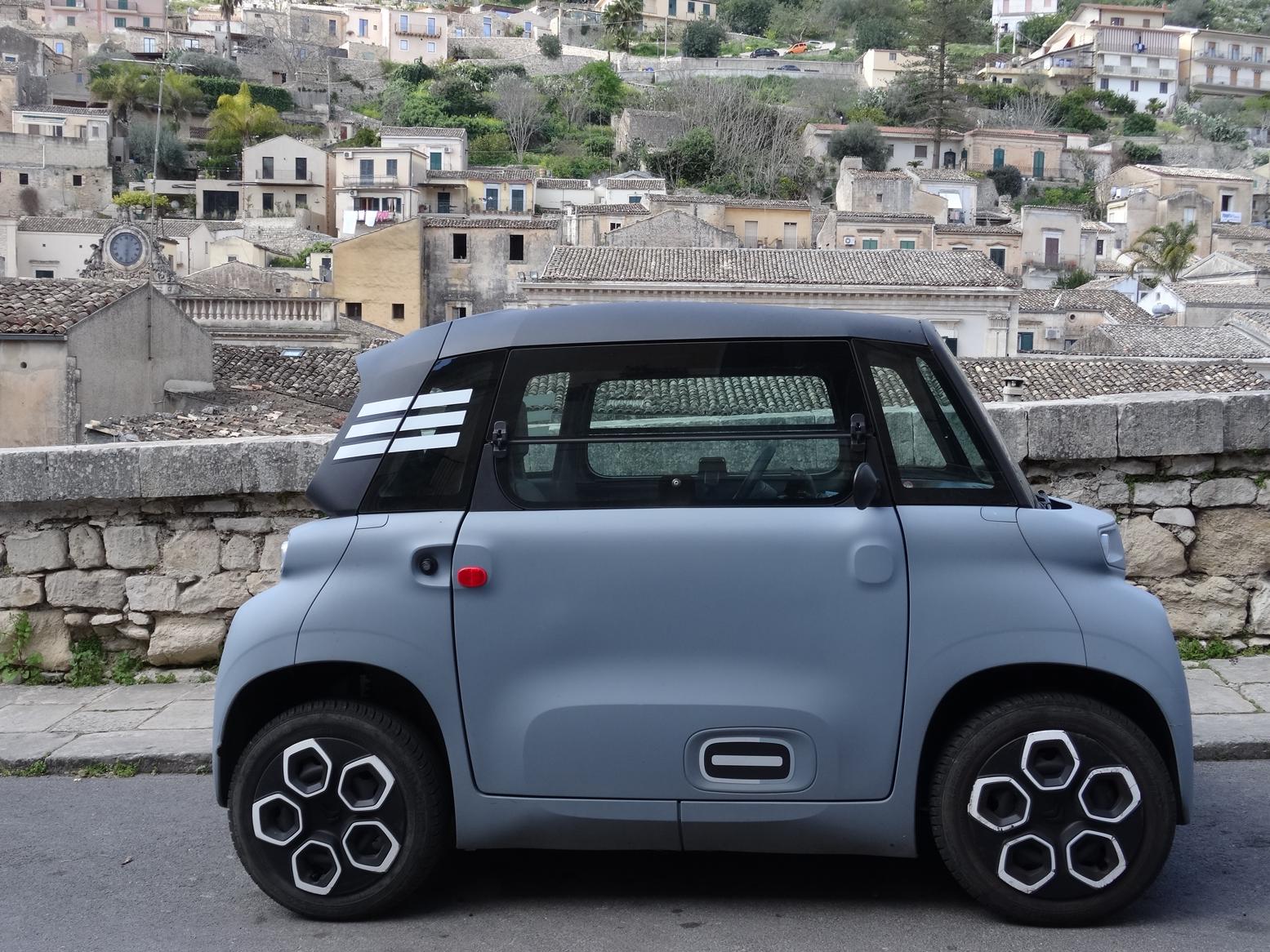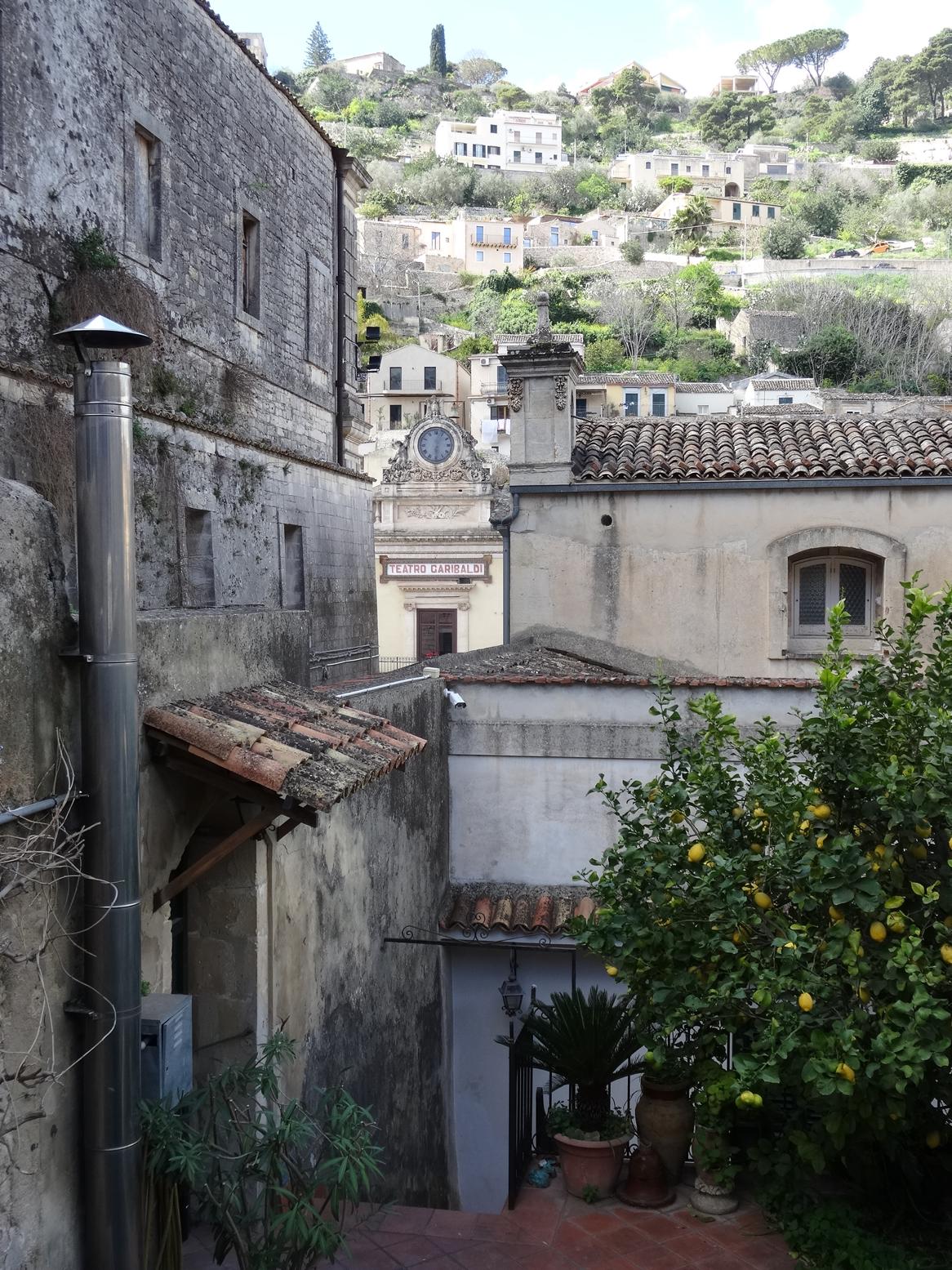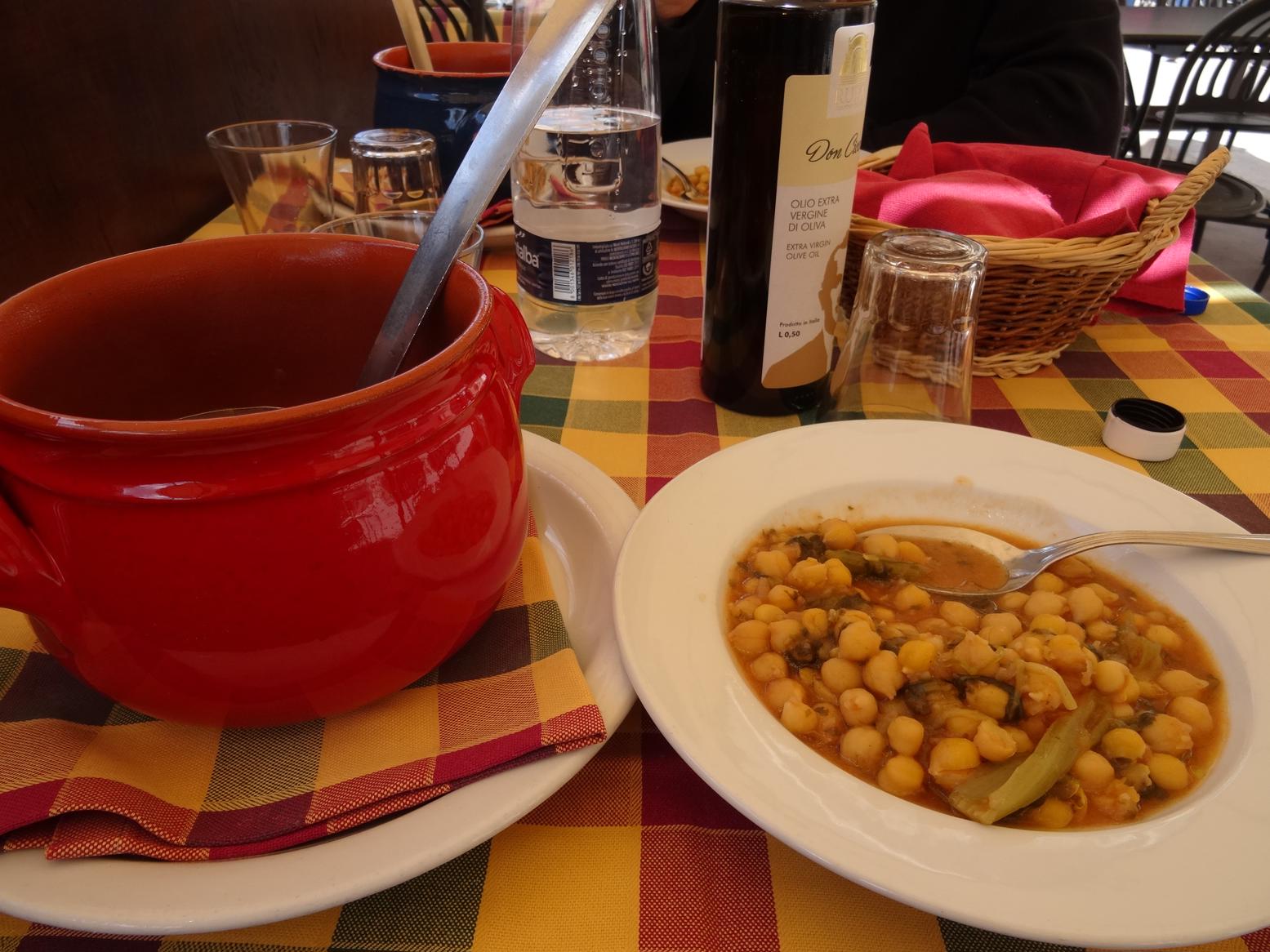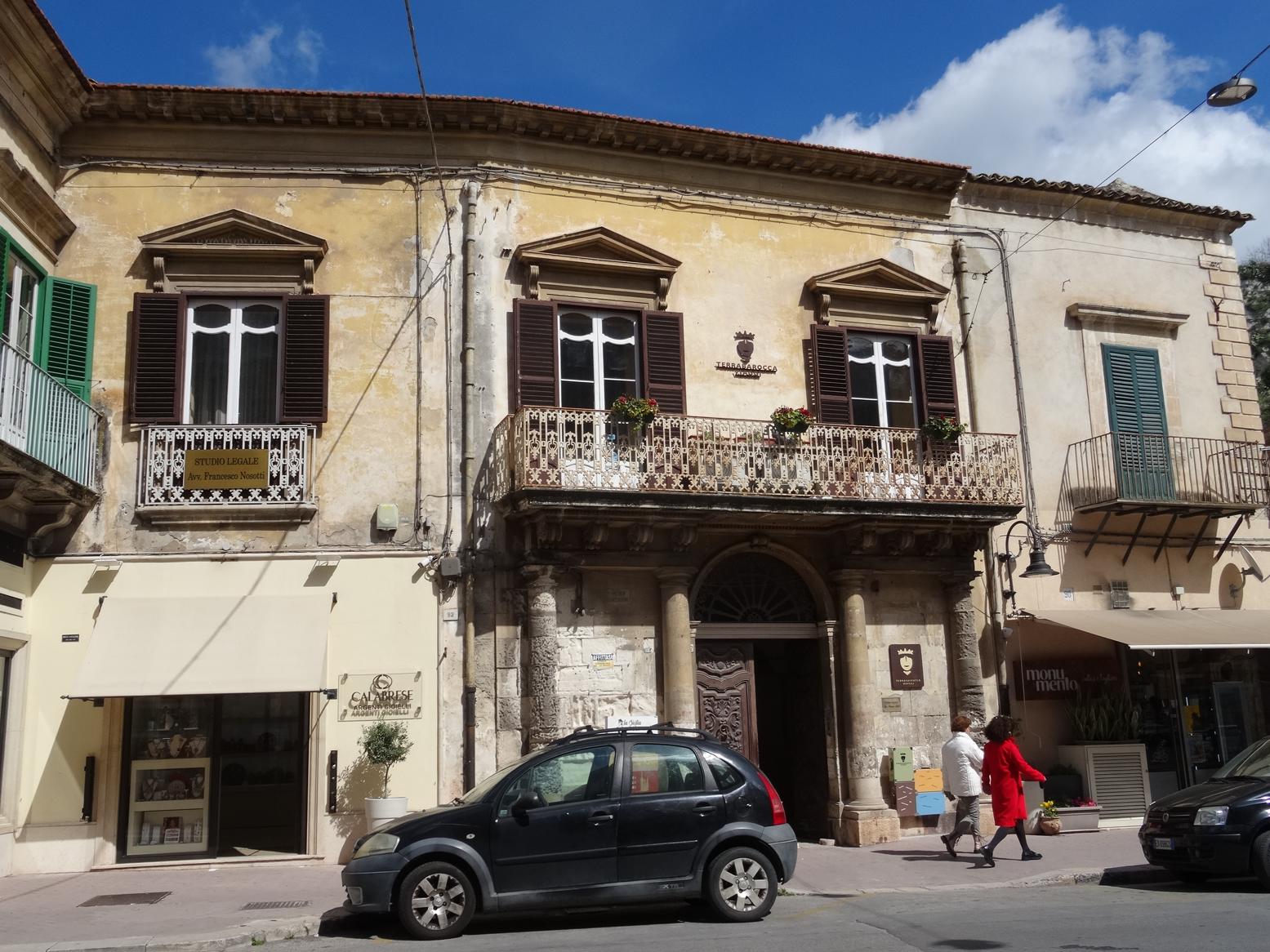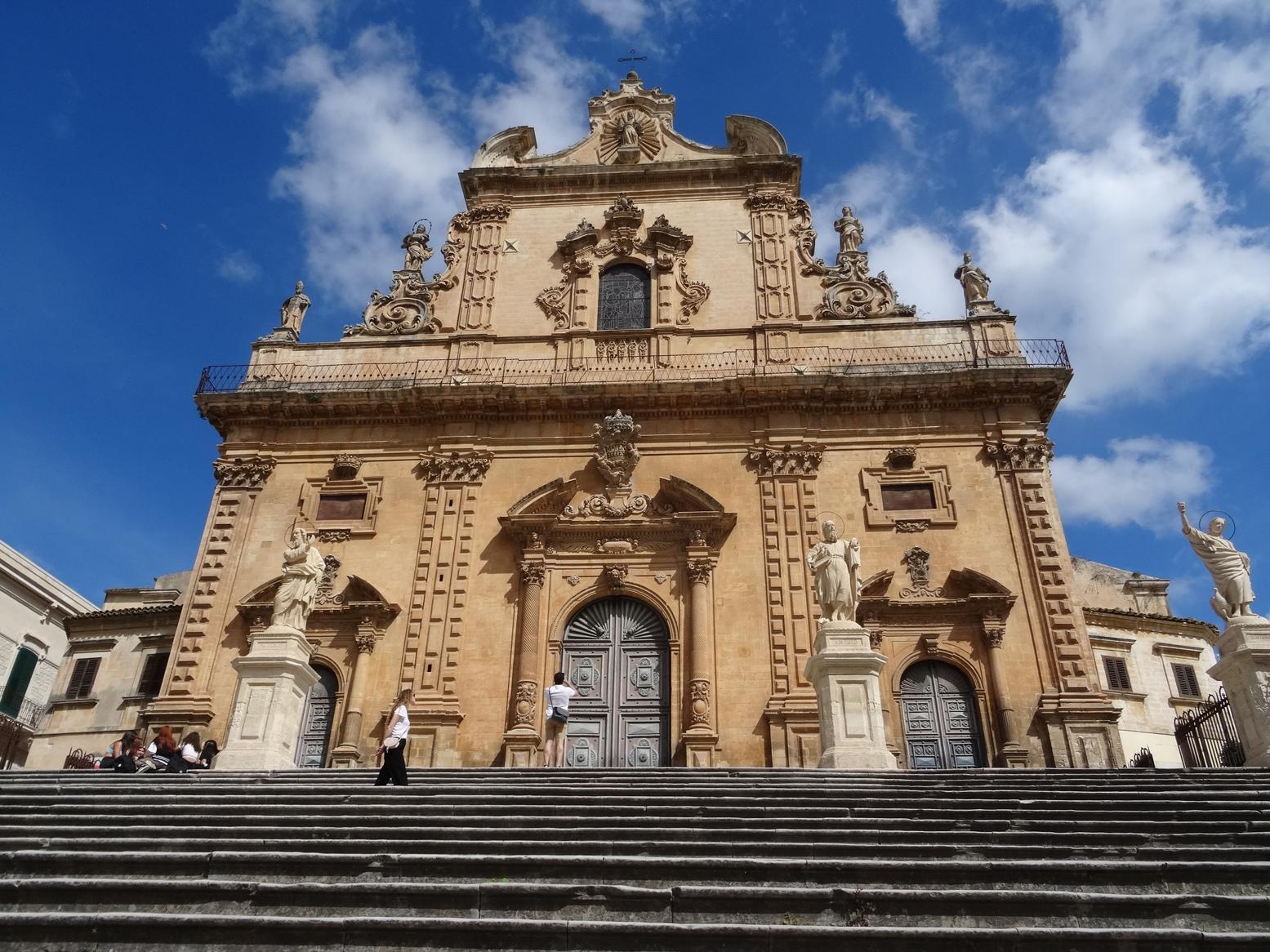Markets, Mercury & Modica
Another cool, cloudy day. Helena mentioned there was a big market in upper Ragusa every Wednesday and Thursday morning. We timed the number 31 community bus beautifully and the driver waved away payment. It wound its way through ridiculously narrow crowded streets jam-packed with cars, people, delivery trucks and scooters. A tirade of toots and honks as indignant drivers found their ways blocked … a dialogue between bus driver through his open window and a police car going the other way … which then prompted a conversation among several of the older passengers. Clearly traffic was not what it used to be judging by the tsks, head shakings and wild gesturing of hands. Wonderful stuff!
The market place was HUGE … independent lorries and carts lined up outside (obviously not wishing to rent space) … while the inner enclosure was set up with dozens and dozens of canopies under which was every manner of item imaginable. Produce … of course. It must be artichoke season because there were boxes and boxes of them — long-stemmed, green and purple-tinged. Rainbows of fruit and veg … wheelbarrows full of tiny oblong clams … vans selling formaggio (cheese) and carne (meat) …. long, portable counters of fresh fish, gleaming and smelling of the sea … stalls with shoes … underwear … outer clothes … handbags … knick-knacks … trinkets woven from palm leaves and decorated with coloured ribbons. It was a glut on the senses … and quite marvelous. THIS is what a market should be.
Walking back we stopped for a coffee … a macchiato … tiny and delicious. Past a post office that didn’t sell stamps, yet had a post box — apparently one needs to go to a tabacchi (a tobacconist) for stamps! Side tracked through a portion of the Jungle Walk of Ragusa … a deep ravine with dense trees, shrubs and prickly pear cactus growing up the sides, a tumbling stream along the bottom and the rusted remains of old railway lines and tunnels. Bird song filled the air and occasional shallow caves dotted the sides. A pleasant interlude.
That evening we took a nighttime walk down to Ibla … the buildings were all bathed in golden light or shadow. Although it was the most amount of people we’d seen since arriving here, none of the restaurants seemed to be doing much trade. I wonder how they make a living in off season. The community bus whizzed us most of the way up the hill again … only two flight of steps to reach our place.
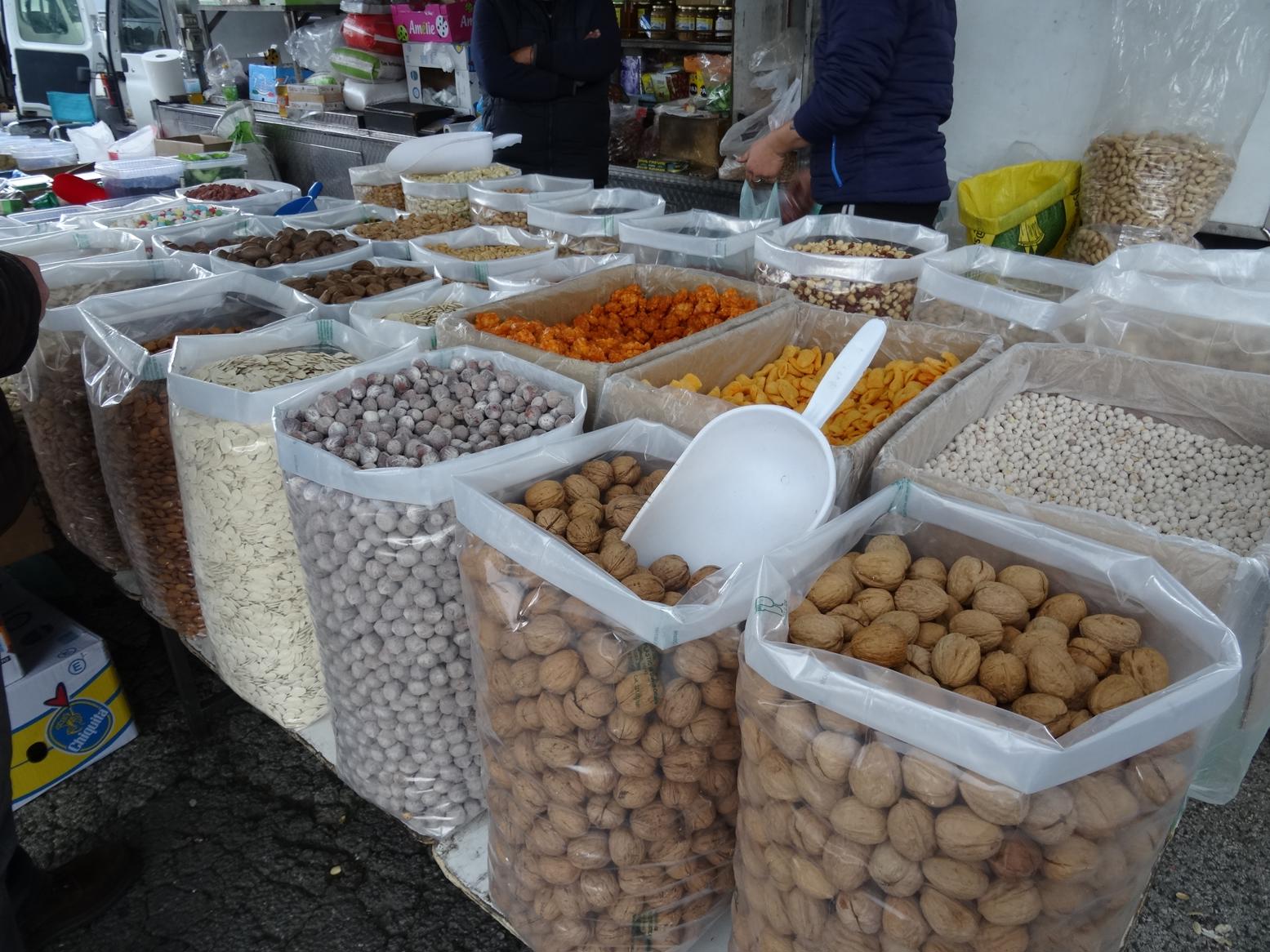
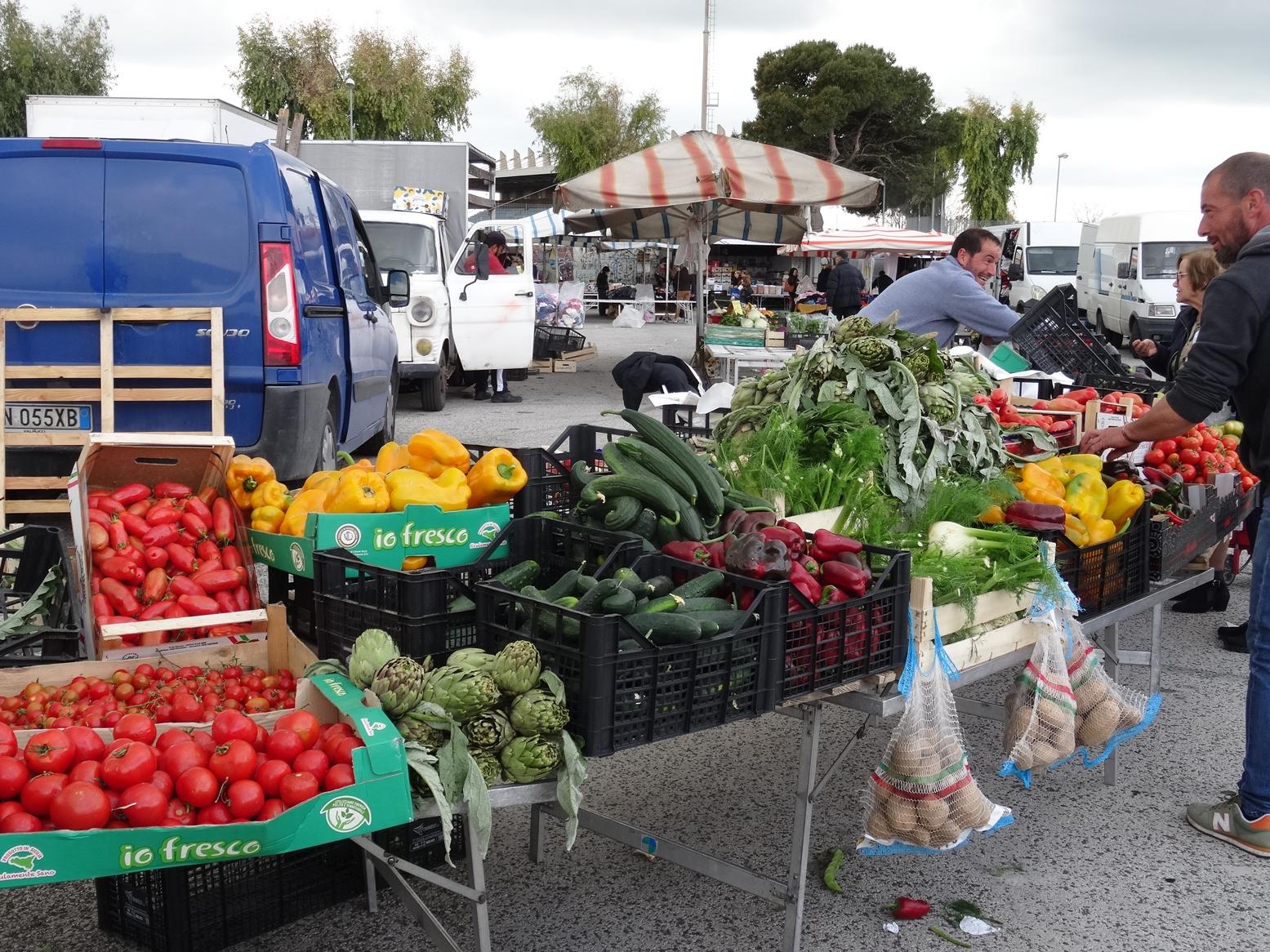
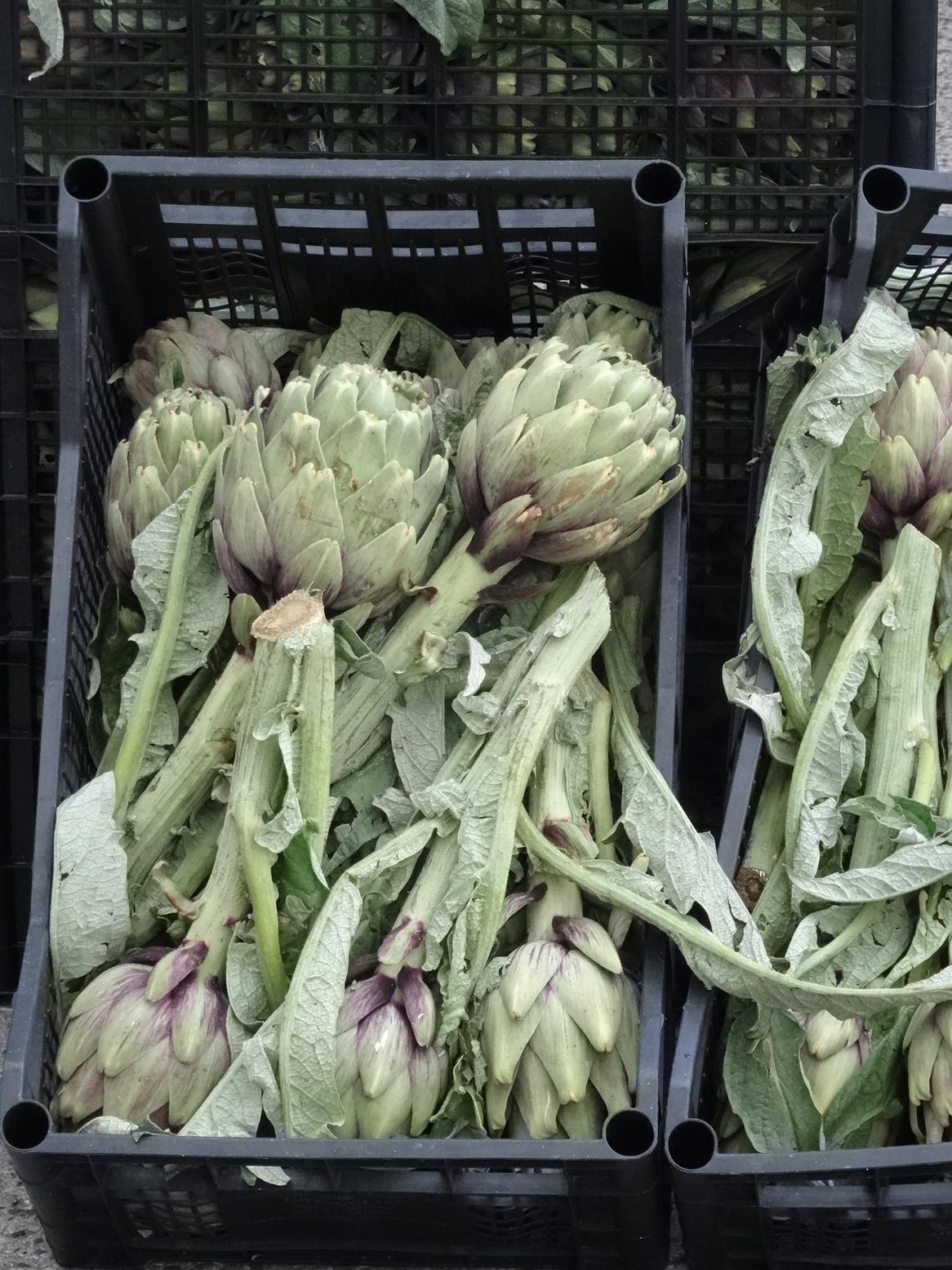
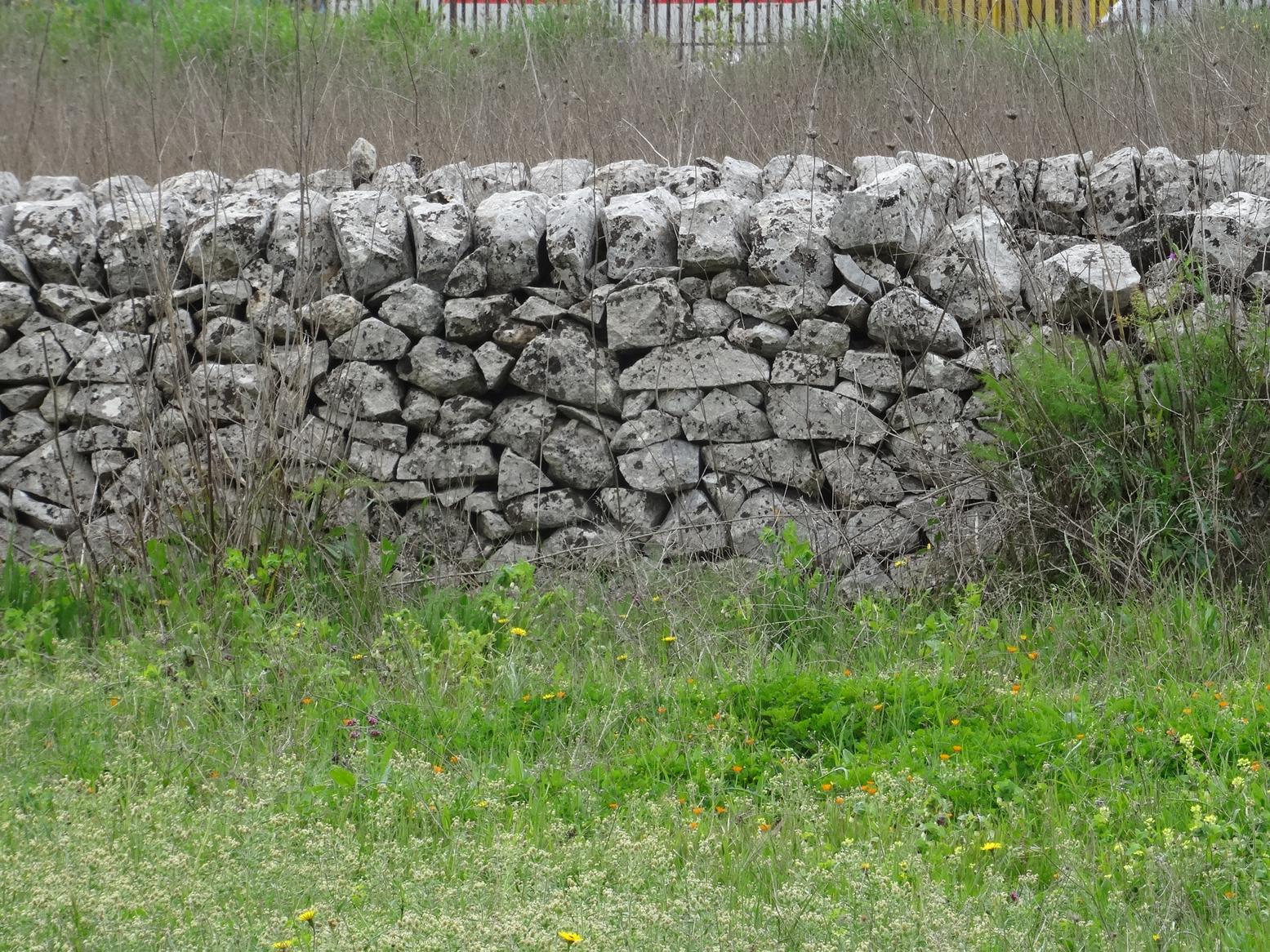
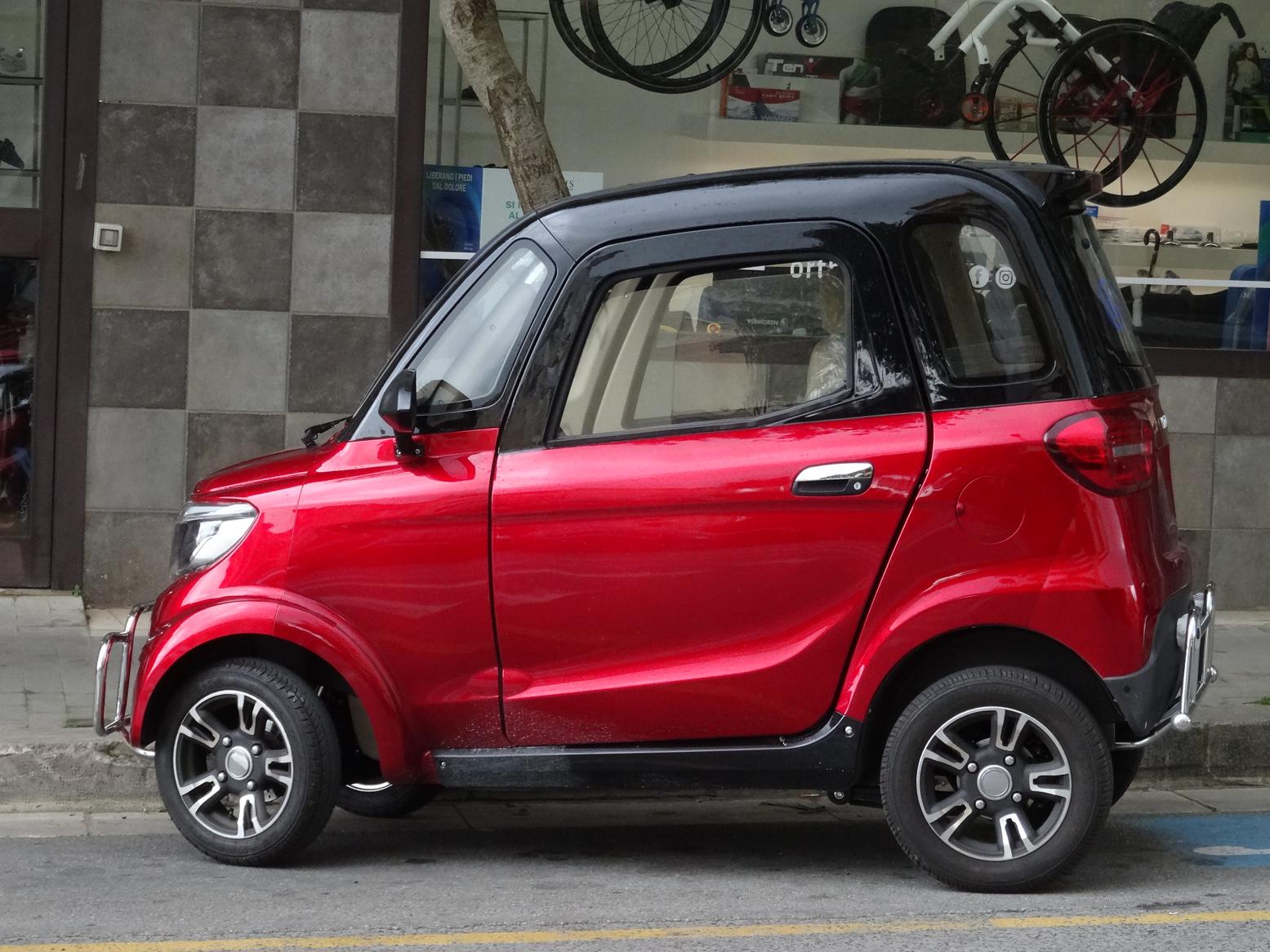
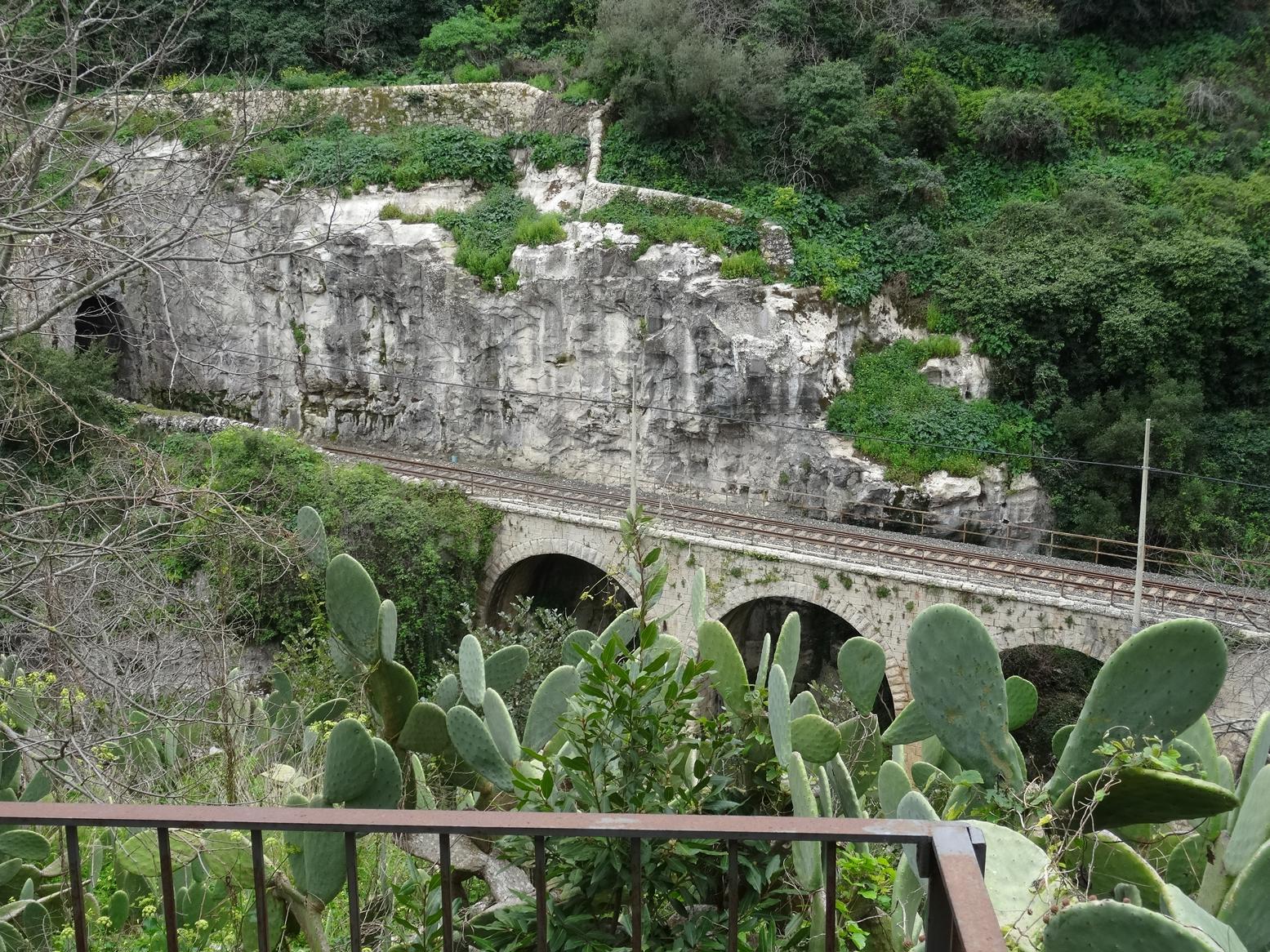
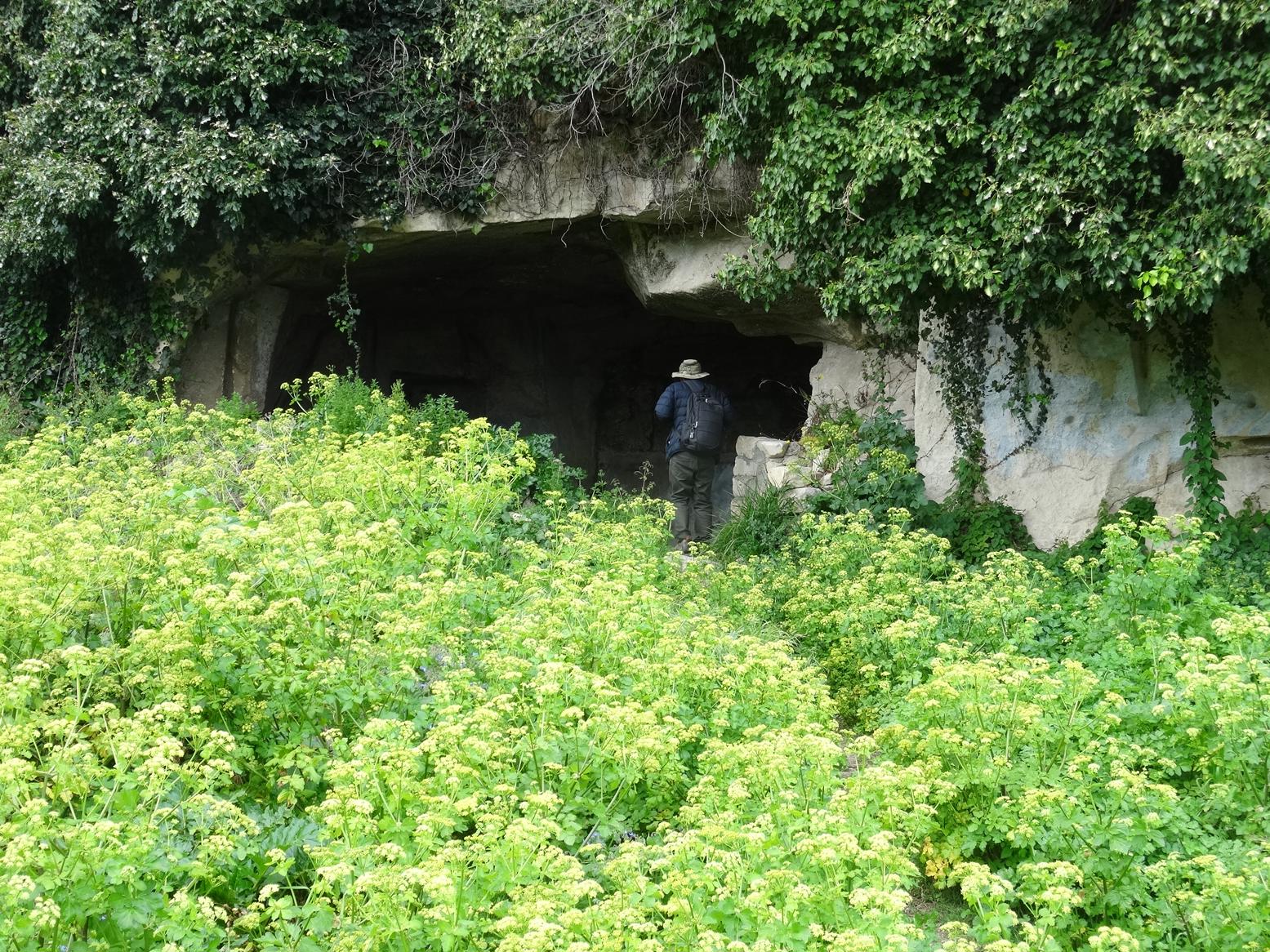
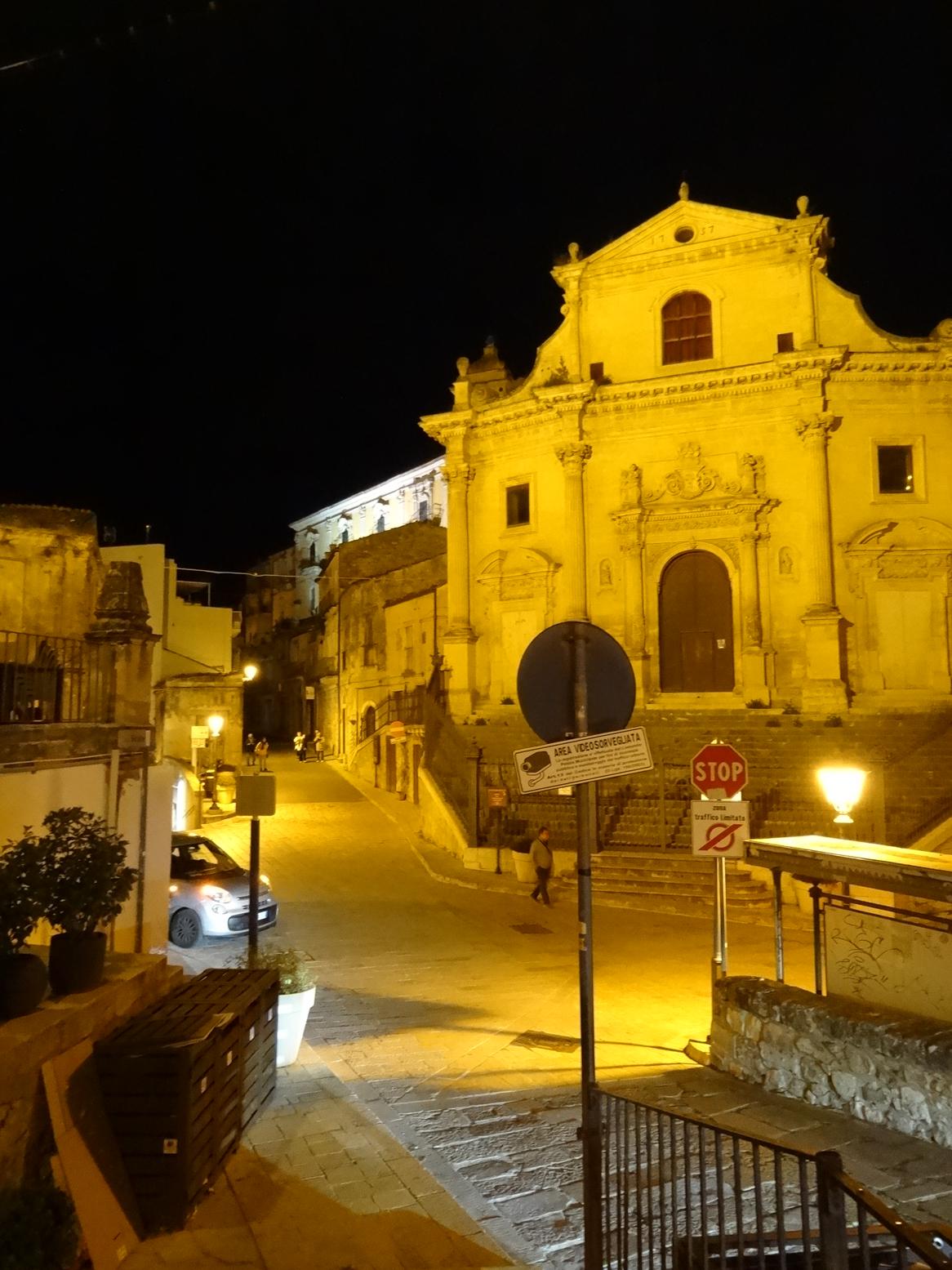
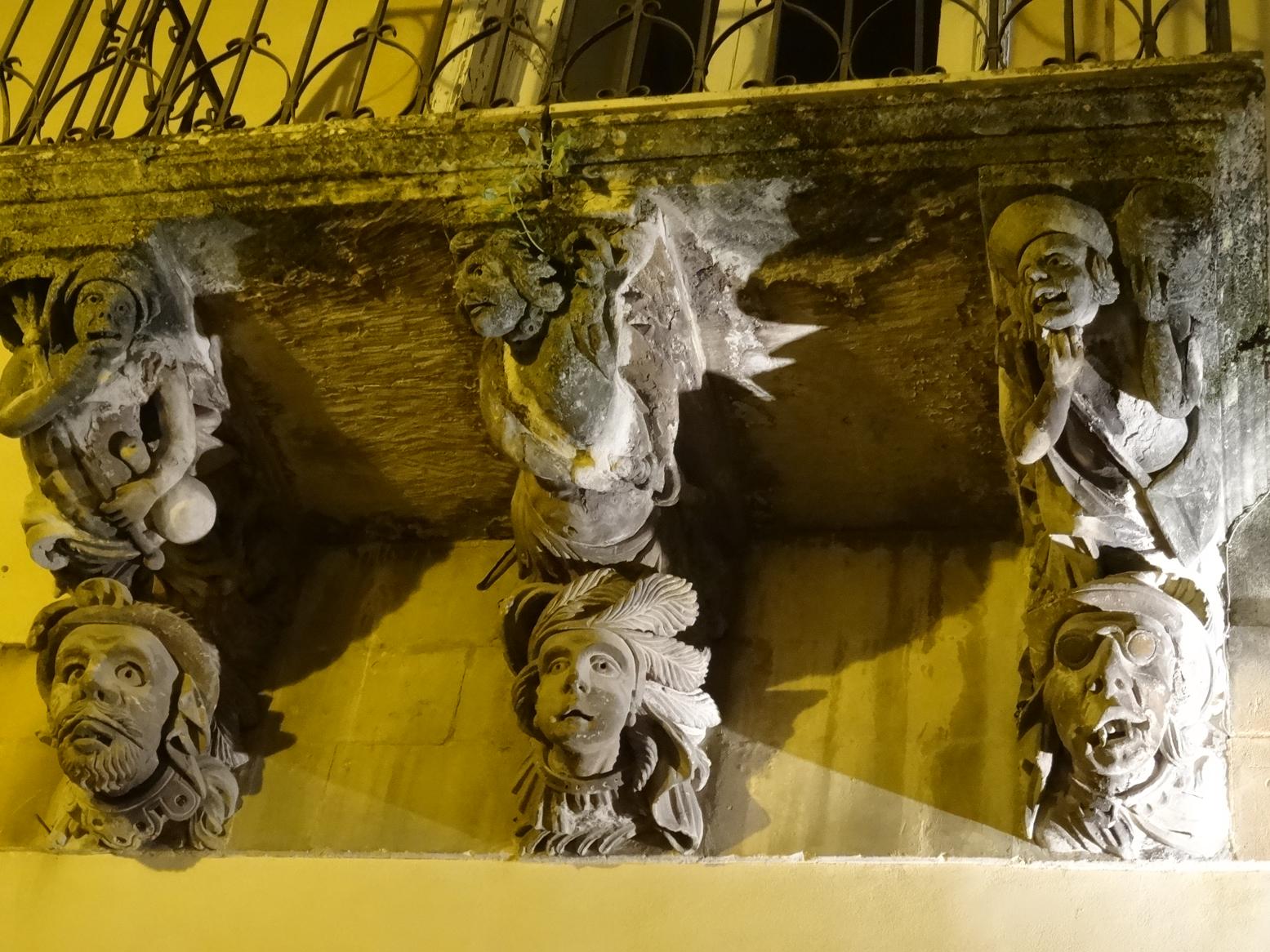
Our Hosts Helena and Giancarlo were heading into Modica on Thursday morning and offered to take us along. A good opportunity to practice our Italian … although to be honest, their English was vastly superior. Modica is another town draped over a mountainside with impossibly balanced houses one atop the other, higgledy-piggledy like miss-placed children’s blocks. We were to meet up at around 1:30, so off we set to explore. We had hoped to find the Syphilis Museum (well, who wouldn’t?)
One of Modica’s famous sons was Tomasso Campailla. Although not a doctor by profession, Campailla nevertheless managed to promote medical studies in the County of Modica leading him to experiment in 1698 with his famous “barrels” (later called Campailla barrels ) mainly for the treatment of syphilis (considered the disease of the century), but also rheumatism and osteoarthritis. The the barrels were made of very hard wood 20cm thick. Large pieces of coal were placed in a fire in an adjacent courtyard then moved to the brazier in the barrel where cinnabar and incense were added. The temperature in the barrel reached 60/70 degrees C. and the patient normally received 9 treatments on alternate days. Originally, patients sat with only their heads poking out of the barrels, but surely all those Mercury fumes would prove much more beneficial if taken in on the inside … so future models had people totally enclosed! The results were so satisfactory that Modica acquired notoriety throughout Europe, and examples still exist today inside the ancient Hospital of S. Maria della Pietà. What doesn’t kill will cure! Or did I get that the wrong way round! We found his house, but sadly not the museum.
Two cathedrals divide the populace of Modica … San Pietro in the lower half (closed so we couldn’t see inside) … and San Giorgio for the upper regions. The interior is gorgeous in white, blue and gold … tasteful, understated with paintings and statues commemorating St. George and the dragon. Perhaps it’s my imagination, but the facial features do seem quite feminine. An Osteria on the main street offered Piatti del giorno (special of the day) and one looked particularly interesting — zupa de cece (chickpea soup with wild greens). A customary basket of bread and bottle of olive oil for starters …. this olive oil was delicious … smooth and fruity. Then the soup … in gigantic pottery bowls the size of saucepans … complete with their own ladle – enough for three helpings each! It was delicious, but certainly left no room for coffee or dessert.
Our meeting point was right outside Modica’s famous chocolate factory — known Europe-wide for it’s product. Like the one in Ragusa its chocolate is made using the ancient Aztec way where sugar granules provide just the right amount of sweetness and texture.
A lovely day …. gracious hosts … impossible scenery … we shall be sorry to leave tomorrow. BTW I’m still full after that soup. Perhaps just a nibble of chocolate . . . . !
